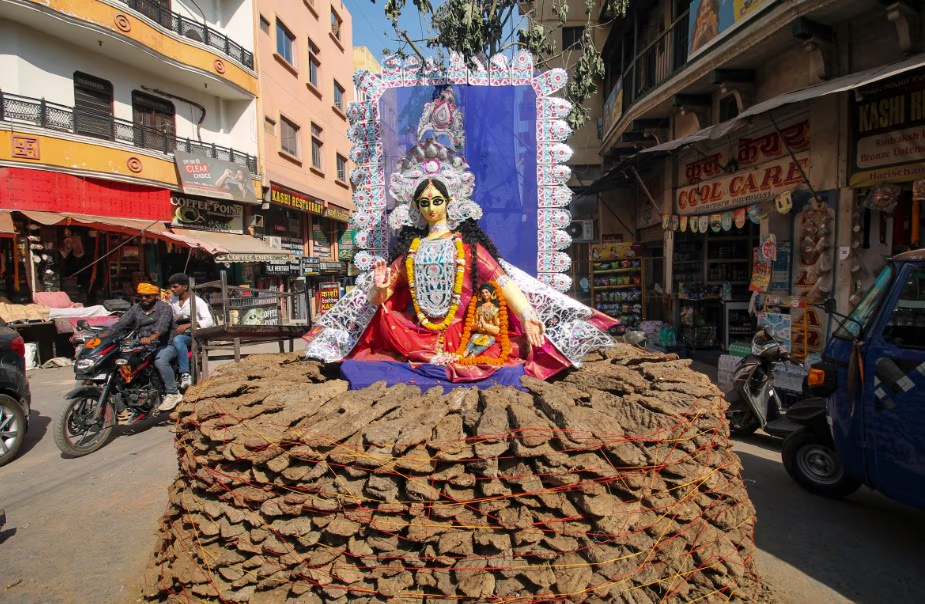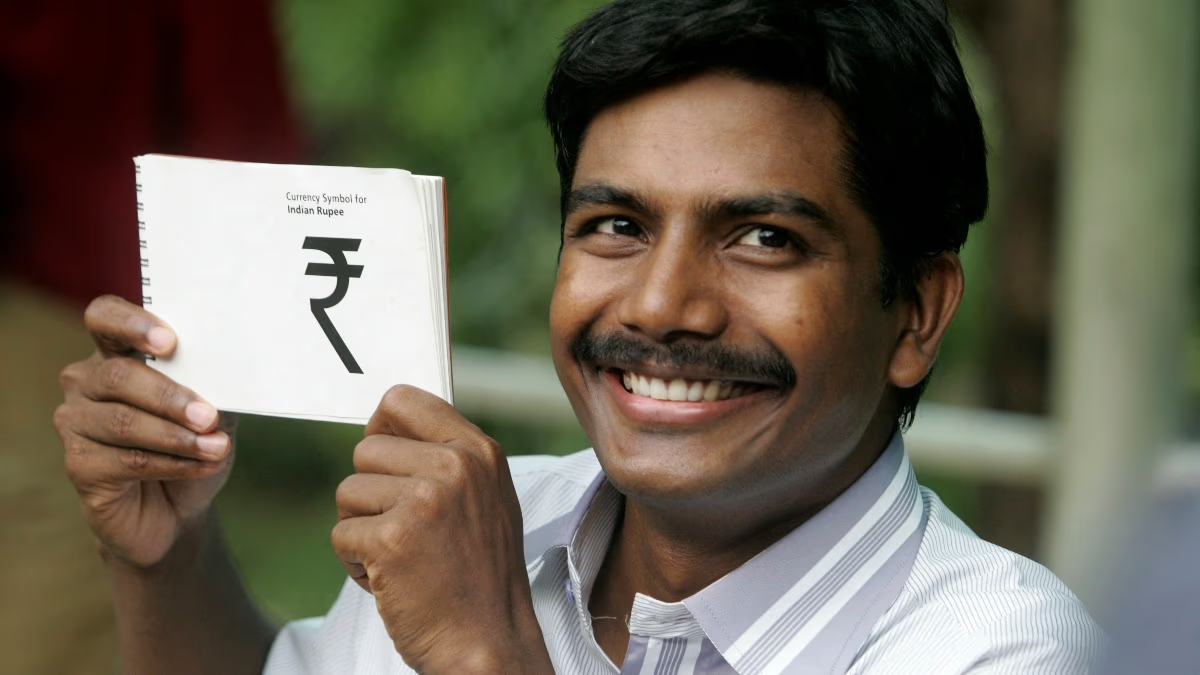Holi is a festival of joy and exuberance, where colors reign supreme, and everyone wears a rainbow of hues. This festival transcends appearances, emphasizing vibrant colors that cloak everyone alike. With sweets like gujiya, savory treats, herbal pastes, and vibrant powders, Holi's visual feast is as lively as the festival itself. Yet, the true message lies in the deeper colors of life it represents, urging us to break our barriers in a socially and spiritually uplifting way.
Be it the Braj region, Awadh, Kashi, Punjab, Bengal, or Gujarat, Holi is celebrated in myriad styles: with colors, ash, dust, or gulal. Each region has its beliefs and folk tales, making Holi a festival rooted in both history and mythology. From ancient texts to the present day, known by various names—Madonotsav, Holika, Hola Utsav, Vasantotsav, Fagua, and more—Holi's tales are as diverse as its interpretations.
Mythological Legends of Holi
Numerous stories surround Holi, but the tale of Prahlada remains the most famous. Prahlada, a devotee of Vishnu and the son of demon king Hiranyakashipu, was punished by his father for his devotion. Hiranyakashipu's sister Holika, who was immune to fire, was ordered to sit in flames with Prahlada in her lap, but she perished in the fire, while Prahlada emerged unscathed. This event is celebrated by lighting a bonfire to honor devotion's triumph over evil.

Source: aajtak
This legend subtly conveys that while malice burns away like Holika, joy and devotion, represented by Prahlada, endure. Besides Prahlada's tale, Holi is also linked to the demoness Dhundhi, Radha and Krishna's playful interactions, and the rebirth of Kamdev.
Some believe Holi's colors symbolize adopting the guise of Shiva's attendants, celebrating Lord Shiva's entourage. Others assert that Lord Krishna vanquished the demoness Putana on this day, prompting joyous celebrations and the splattering of colors by the cowherds and gopis.
The End of Dhundhi the Demoness
Another captivating tale involves King Raghu and his demon adversary, Dhundhi. Blessed by Lord Shiva with a boon that granted immunity from gods, demons, and weapons, Dhundhi's arrogance grew. However, she overlooked seeking protection from children and madmen. When her tyranny escalated, the people sought sage Vashishta's help, who advised using noise and children's merrymaking against her. During Phalguna Purnima, children gathered, creating a ruckus that led Dhundhi into a trap where she was incinerated.
To commemorate this, a pile of cow dung cakes, dry leaves, and branches represented Dhundhi and was set ablaze, marking her demise. Even today, children playfully scatter ashes derived from such bonfires.
Krishna's Childhood and the Slaying of Putana
A similar legend interwoven with Krishna's infancy is recounted. Upon realizing his vanquisher was born in distant Gokul, King Kansa sent Putana, a demoness disguised as a toymaker, to eliminate newborns in the region. Unaware that Krishna would be her undoing, Putana met her demise when young Krishna drained her life force while nursing.
In celebration, Gokul's residents burned Putana's body, turning her into their guardian. The story of Putana's grace extends with the belief that as a wish unfulfilled in a former life, she attained spiritual freedom through her brief motherly connection with Krishna.
Even today, the ashes of Putana are used to ward off the evil eye from children, forming an integral part of local traditions.
When Shiva Incinerated Kamdev
A tale intertwining Shiva and Parvati's marriage, bolstered by Kamdev's intervention, adds another layer to Holi's mythology. As demon Tarakasura could only be vanquished by a child of Shiva, and Parvati aspired to marry Shiva, Kamdev was tasked to ignite love in Shiva's heart. His spell broke Shiva's meditation, unleashing fiery wrath that reduced Kamdev to ashes. In response to pleas from Kamdev's wife Rati and the gods, Shiva revived him without a physical form, granting him a rebirth.

Source: aajtak
During the eight days preceding Holi, corresponding to Kamdev's struggle, no auspicious activities occur. On the full moon night of Phalguna, the burning of Kamdev's desires gives rise to pure love and celebration. It is through these events that Holi's tradition of exuberant festivity, punctuated by showers of blossoms and gulal, finds its origin.




